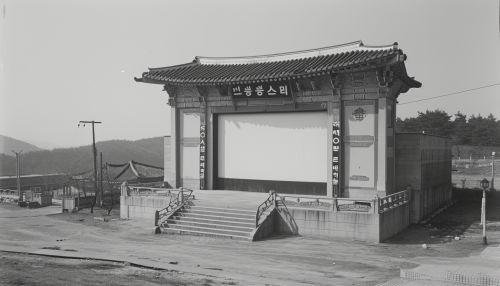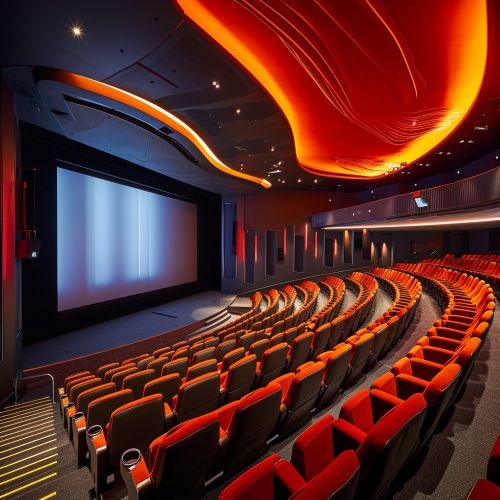South Korean cinema
History
South Korean cinema, also known as Hallyuwood, has a history that spans over a century, dating back to the early 1900s. The first Korean film, "Fight for Justice," was produced in 1919. However, the industry faced numerous challenges in its early years, including the Japanese occupation from 1910 to 1945, which suppressed Korean culture and language.


Post-liberation in 1945, the South Korean film industry began to flourish, with the establishment of the first domestic film studio, Korean Film Studio. The 1950s and 1960s, often referred to as the "Golden Age of South Korean Cinema," saw the production of many films that are now considered classics, such as "The Housemaid" (1960) and "Aimless Bullet" (1961).
However, the industry faced a downturn in the 1970s and 1980s due to government censorship and the rise of television. It was not until the late 1990s, with the liberalization of film policies, that South Korean cinema began to regain its vitality.
Modern South Korean Cinema
The 1990s marked the beginning of a renaissance in South Korean cinema. The government's relaxation of censorship and investment in the film industry led to a surge in the production of diverse and high-quality films. This period also saw the emergence of a new generation of talented filmmakers, such as Park Chan-wook, Bong Joon-ho, and Kim Ki-duk, who have since gained international acclaim.


In the 2000s, South Korean films began to achieve significant commercial success both domestically and internationally. Films like "Oldboy" (2003), "The Host" (2006), and "Parasite" (2019) have not only been box office hits but have also received critical acclaim, with "Parasite" winning the prestigious Palme d'Or at the 2019 Cannes Film Festival and four Academy Awards in 2020, including Best Picture.
Genres and Themes
South Korean cinema is known for its diversity in genres and themes. From melodramas, romantic comedies, and historical dramas to horror, thriller, and action films, the industry offers a wide range of cinematic experiences.
One of the defining characteristics of South Korean cinema is its exploration of social issues. Films often tackle themes such as class disparity, corruption, and the effects of rapid modernization, providing a critical commentary on Korean society.
Influence and Impact
South Korean cinema has had a significant impact on global cinema. The unique storytelling techniques, innovative cinematography, and complex character development found in Korean films have influenced filmmakers worldwide.
Moreover, the success of South Korean cinema has played a crucial role in the spread of the Korean Wave, a phenomenon referring to the global popularity of South Korean culture and entertainment.
Future Trends
The future of South Korean cinema looks promising. With the continued success of films on the international stage, the industry is poised for further growth. Trends such as the increasing use of digital technology, the exploration of new genres, and the focus on diverse and inclusive storytelling are expected to shape the future of South Korean cinema.


